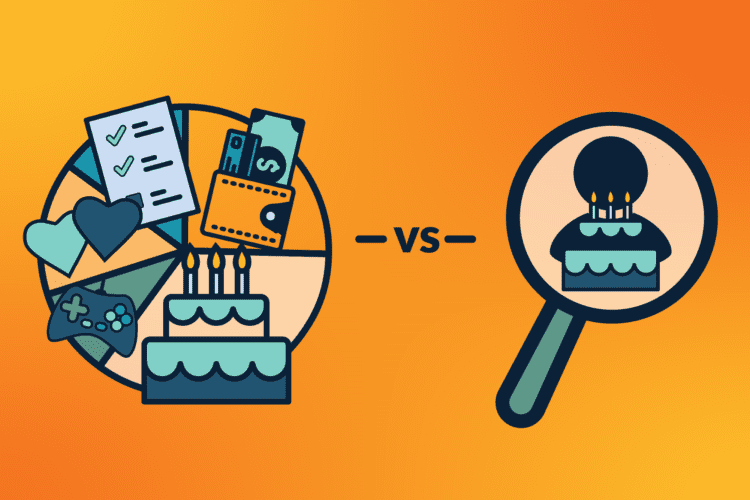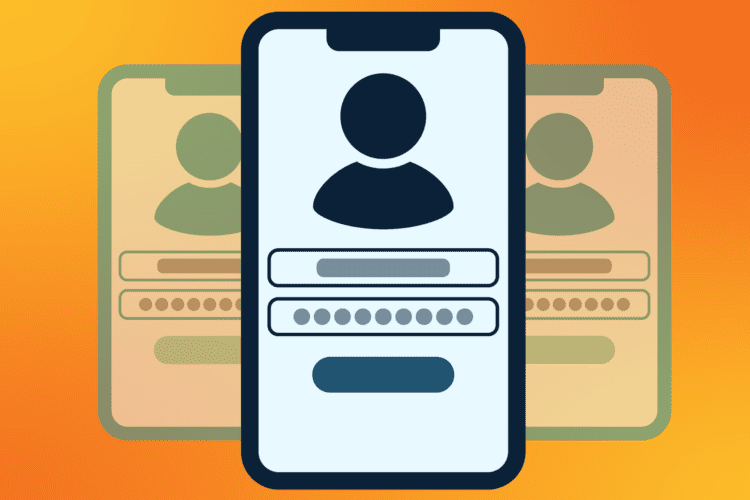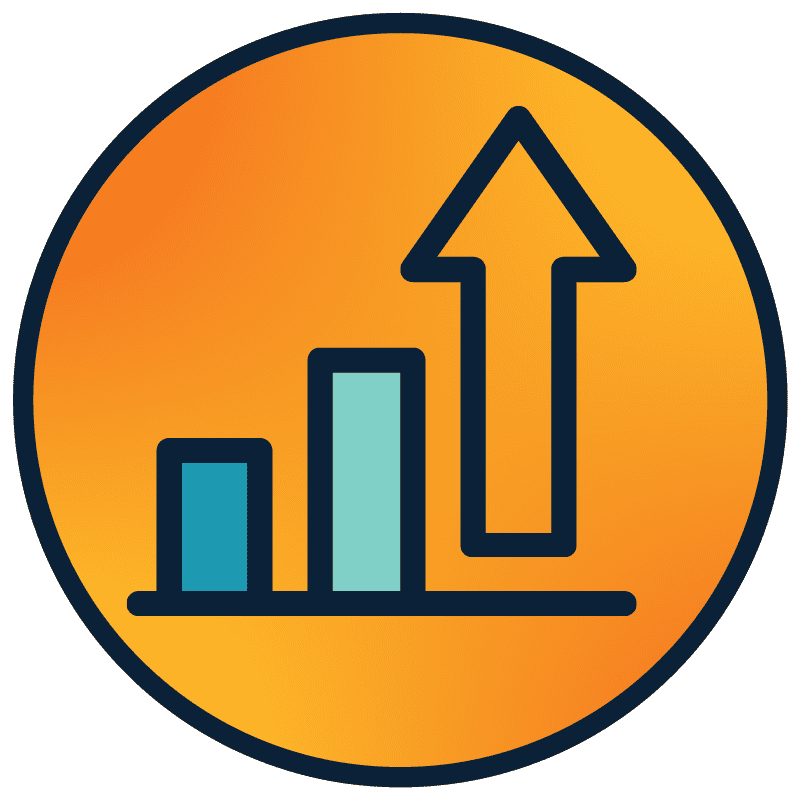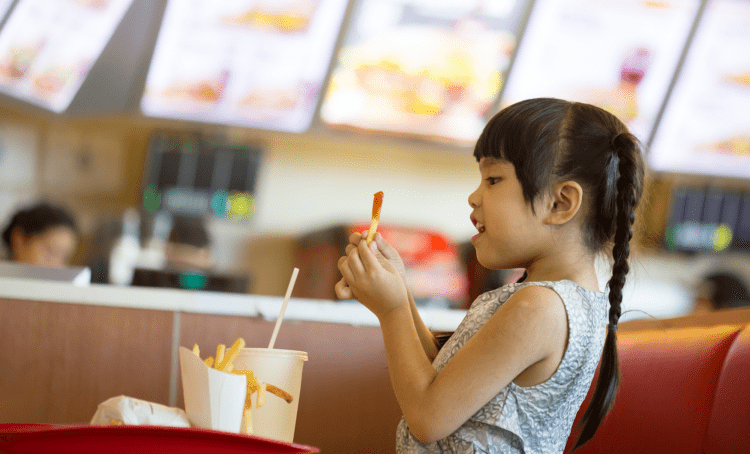About 80 miles inland from the Gulf of Mexico, nestled between the Rio Grande River and the Mexican border, sits Pharr, Texas. Home to a fast-growing economy and a young,…
With nearly 200,000 quick-service restaurants across the U.S., grabbing — and holding — the attention of consumers is no easy feat.
Yet as more quick-service restaurants become data-driven, the ability to engage customers on a one-to-one basis is emerging as a decisive competitive differentiator.
Many quick-service brands are already connecting with their customers in this close way by employing audience segmentation — a marketing strategy based on arranging consumers into subgroups and delivering messaging tailored to their common characteristics, activities, and interests. These savvy QSRs know that 79 percent of consumers are only likely to engage with an offer if it’s been personalized to reflect their previous interactions with a brand.
Now that we have your attention, let’s talk about the differences between segmentation and personalization — and how QSRs benefit from both.

Segmentation is about getting to know your target market better by grouping audiences into bite-sized chunks by factors like age, marital status, and household income, as well as psychographic or behavioral criteria (e.g., personal priorities, professional goals, leisure activities). You might segment audiences by rewards members located in Ohio who ordered combo meals for takeout with your brand’s mobile app, or by repeat customers who ordered weekday lunch using a third-party delivery app, and so on.
Personalization, on the other hand, involves identifying a specific customer within one of those segments, and determining how your brand can address their particular pain point or need.
Segmentation allows you to create content designed to appeal to specific customer groups, and is typically used during the early stages of a marketing campaign. By gathering more data and segmenting it into smaller groups with common characteristics or similar behaviors, you’ll get detailed insight into your customers; then you can begin to personalize as your understanding of each customer within a particular group grows.
The better the personalization, the more your customers will feel your brand gets them and cares about them. And, as we all know, happy customers — those that feel understood and appreciated — make for a happy business.

Smoothie franchise Jamba Juice is among the many quick-service chains using audience segmentation to enhance the customer experience.
In mid-2019, Jamba Juice retooled its tech offerings, launching its first mobile app, adding app-based delivery, and debuting a loyalty program, My Jamba Rewards. As of April 2021, digital channels drive about 20 percent of the smoothie chain’s total sales, up from 2 percent two years earlier — growth CEO Geoff Henry credits in part to targeted promotions sent to My Jamba Rewards members, whose ranks doubled to 2 million during the COVID-19 pandemic. “We have pretty sophisticated segmentation,” Henry told Restaurant Business.
Fast-casual pasta chain Fazoli’s has also embraced audience segmentation since rolling out its mobile app-based loyalty program. Using data collected through the Fazoli’s Rewards app, the company is able to identify which customers are most likely to order at certain times, what they’re likely to purchase, and where they order from — insights it uses to segment the audience and send campaigns developed expressly for each group.
During the first eight months of 2021, Fazoli’s loyalty members outspent non-loyal, “anonymous” guests by an average of 4.5 percent per check, Fazoli’s Senior Manager of Digital Marketing Will Hanrahan told ClickZ. “Let’s say someone’s average spend is under $10,” he explained. “If I send them an offer that says ‘Save $3 when you spend $15,’ we’ll get them to spend more.”
Not yet convinced? Here are a few more compelling stats illustrating how segmentation:

Increases visits. Quick-service operators who better understand and act on each customer’s needs, preferences, and priorities can boost visits among the 78 percent of consumers who say coupons and deals encourage trial.

Improves customer relationships. Ninety-nine percent of marketers believe personalization helps advance customer relationships, with 78 percent claiming it has a “strong” or “extremely strong” impact.

Hikes revenue. Marketers who use segmented campaigns report revenue increases as high as 760 percent.
Best of all, with the rise of intuitive data science tools and technologies, it’s easier than ever to segment your customer data. By knowing exactly who your customers are, what they want, and delivering meaningful offers that meet their specific needs, you too can increase visits, grow sales, and build lifelong loyalty. So, what are you waiting for?

Civis Analytics can help you to import, manage, group, and analyze your customer data for success.